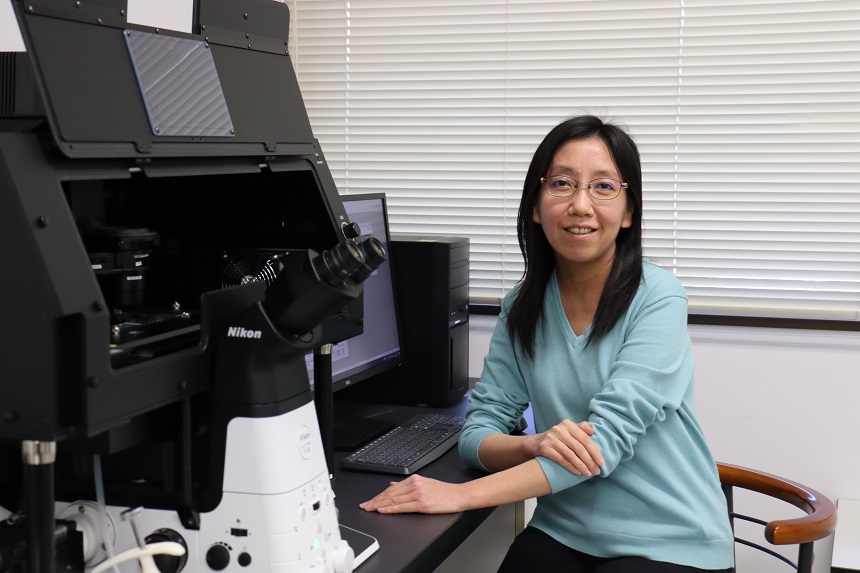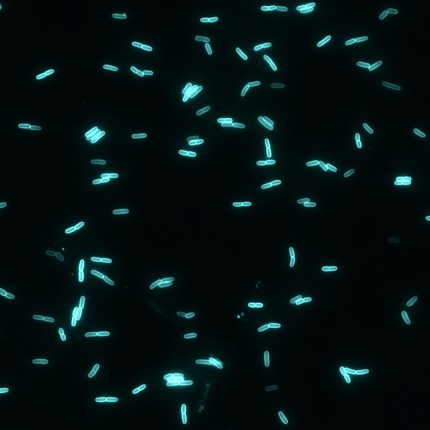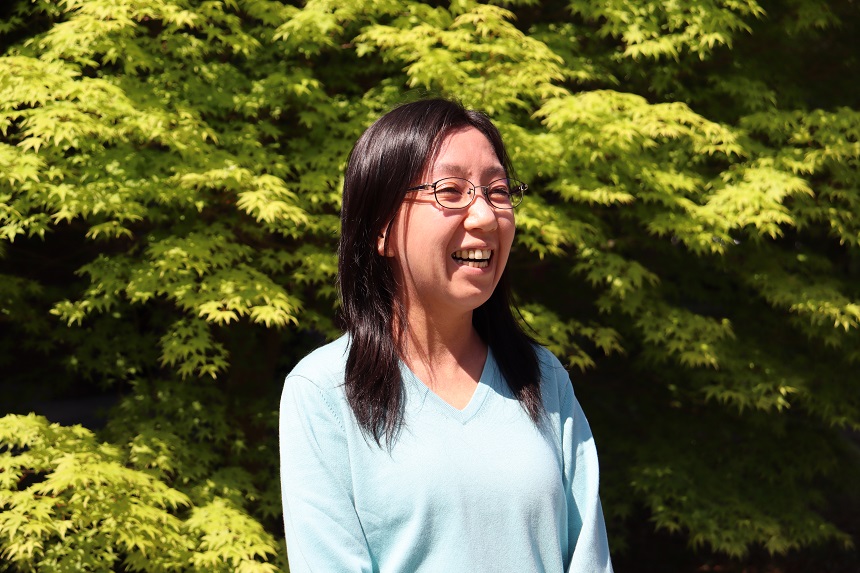Interview of Associate Professor Setsu KATO
Researchers selected for JST FOREST in the FY2021

Clarifying the nature of cell death and applying insights to industrial uses such as efficient material production
Seeking to understand bacterial characteristics at the single-cell level
My specialty is microbiology, and my primary subject is bacteria. Most bacteria, including the model bacterium Escherichia coli (E. coli), for example, are very simple unicellular organisms with each individual composed of a single cell. However, there is actually much we still do not know about such bacteria despite their simple nature. My fascination with their mysteries drives me to continue my research to uncover the secrets of bacteria.
There are two main approaches to bacteriological research: one is to focus on populations, and the other is to focus on individuals. In the first approach, researchers culture bacteria, investigate their population-level properties, and obtain averages of these properties across all the individuals that form the population. In the second, researchers focus on just one individual (i.e., one cell) from a population and examine the movements and properties of that cell under a microscope, which allows them to obtain data for each individual.
In my case, I had used the population-focused approach in my research until my doctoral studies. However, I later shifted to individual-focused research when I learned that microscopy techniques for observing tiny cells were beginning to advance. To date, my research has focused on phenomena that can only be understood at the single-cell level, such as cell proliferation and cell migration toward specific substances (chemotaxis).
Observing the process of cell death to establish a clear definition
In the course of my research, I became interested in the question, “What does life and death mean for a cell?” When bacteria are transferred to a nutrient-rich medium, they begin to multiply rapidly after a short while. After that, the cell count gradually stabilizes (stationary phase), and then decreases with time (death phase). Upon observing individual cells transitioning from the stationary phase to the death phase, one will notice that not all cells die at the same time. The death phase comes gradually, with some cells remaining alive even as others die. When I observed this taking place under a microscope, I wondered what might determine whether cells live or die (i.e., viability).
In fact, several indicators for determining cell viability have already been proposed. However, these methods focus on a single perspective, such as intracellular metabolism or cell membrane disruption. Consequently, in many cases viability results differ between decision indicators. To address this issue, I began conducting research to develop a more concrete understanding of the phenomenon of cell death by observing dying cells from multiple perspectives. This research project was selected for a grant from the FOREST (Fusion Oriented REsearch for disruptive Science and Technology) program of the Japan Science and Technology Agency (JST).
In this project, I will weaken E. coli bacteria using stressors such as chemicals and starvation, and quantify the resulting changes based on multiple observed parameters. These parameters will include whether DNA replication is functioning, whether there is a mechanism to maintain pH, and whether cell shape is maintained. I will make and record observations of these parameters at regular intervals. It is like compiling a catalog of how cells die. I hope that identifying commonalities in the way cell death occurs under each stress condition through cataloging will provide insights into this varied and chaotic phenomenon.

Photomicrograph of E. coli stained with fluorescent dye for observation and recording (cell membranes stained with FM4-64 shown in cyan)
Overcoming cell weaknesses to improve biofuel production
FOREST program projects are generally funded for seven years, and I hope to complete cataloging in the first three years and focus on industrial applications in the latter four years.
One possible industrial application is biofuels. The smart cell industry, which involves production of useful materials through advanced control of cellular functions, has recently been attracting attention for purposes such as reducing environmental impact. Biofuels are another area where this technology shows promise. One problem with biofuel production is that biofuels are actually toxic to the cells that produce them. Because of this, cells themselves die as they continue to produce biofuel, which limits the possible yield. A cell death catalog would make it possible to identify cell weaknesses under each stress condition. Using genetic engineering techniques to insert mutations that overcome these identified weaknesses should make cells less likely to die under the same stress conditions. Hopefully, inserting mutations that overcome weaknesses in biofuel-producing cells will enable higher biofuel yields than what are achievable today.
Aiming to study interesting topics while also delivering social impact
I became a researcher out of pure curiosity, because I wanted to “know the unknown.” However, as I mentioned earlier, I also feel it is important that my research results deliver social impact. I hope I can achieve both of these goals through my FOREST program project.
I am currently working with E. coli, but I would also like to investigate cell death in other microorganisms and different organisms in the future. This should generate a collection of insights that can be applied to more complex organisms as well. As I continue my research, I will keep my interests at heart while looking ahead to possible applications.



 Home
Home

